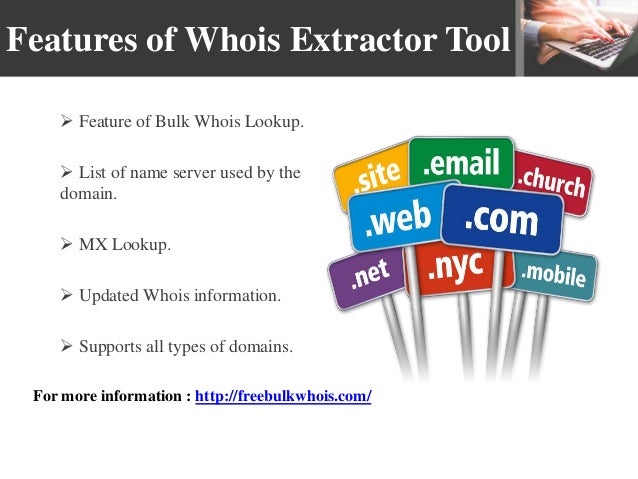
Reza is author of more than 14 books on Microsoft Business Intelligence, most of these books are published under Power BI category. Reza is also co-founder and co-organizer of Difinity conference in New Zealand, Power BI Summit, and Data Insight Summit. Reza is an active blogger and co-founder of RADACAD. He is a Microsoft Data Platform MVP for 12 continuous years (from 2011 till now) for his dedication in Microsoft BI. He has a BSc in Computer engineering he has more than 20 years’ experience in data analysis, BI, databases, programming, and development mostly on Microsoft technologies. Reza Rad is a Microsoft Regional Director, an Author, Trainer, Speaker and Consultant. These transformations normally come with extra advanced options to set when needed. In summary, doing text transformations in Power Query is very simple, and transformations such as Extract Text Before/Between/After Delimiter and Split Column by Delimiter can be very helpful in doing those transformations. Split column by delimiter in Power Query and Power BI Summary

If you have multiple repeats of the delimiter in the same text, then you may consider another useful option called Split Column by Delimiter.

You can set advanced options such as how many delimiters you want to skip, and do you want to scan from the start or the end of the text. In the case above, I set the scan for the delimiter to be done from the end of the input. set the scan for the delimiter in the Power Query This is a good reason then to use the Advanced options (which is also available in Text Before or Between Delimiter too). com) then I might have another “.” somewhere in the text. However, if I am setting the delimiter to “.” (let’s assume I want to get the domain extension. This time you can set the delimiter that you want to extract the text after it. This can be a good way to get the domain name from the email address in my example Extracting text between two delimiters in Power BI Text After Delimiter and Advanced Options Similar to the previous transformation, this can be used, this time you can choose the start and end delimiters Text Between delimiters in Power Query and Power BI No matter how long is the text, as soon as it finds the first it will break it at that point into a new column. This simply adds a new column and the values of that is everything BEFORE the first character Extracting text before a delimiter. You can select the column first, and then click on Add Columns, under the Extract, choose Text Before Delimiter. Let’s assume we want everything before the part of the email address, Text Before Delimiter One of those transformations is Extract Text before delimiter. Text-related transformations can be done very simply in Power Query. If you are new to Power Query, read my article here to learn more about it. This will open the Power Query Editor, which is the place to do data transformation in Power BI.

Open transform data from Power BI Desktop To do this operation in Power Query, you can click on the Transform Data in the Power BI Desktop. and you want to extract different parts of the email address, as the email and domain.
#Extract domain names from text mac
Your newline string may vary if you're on Mac or Linux.Ī little more complicated, but not much.Let’s assume you have a text field like below with values that are email addresses. I'm assuming, since you're using Notepad++, that you're on Windows. To put them all on separate lines when you're done, and remove all that extra whitespace while you're at it, (1) find all the whitespace after the bit you're going to save, so that you're finding the email address and the separator, but only keeping the domain and (2) add a newline to your replacement string: So, for "any character but a space, tab, or new-line". In regular expressions, we use square brackets to provide a list of "things to find", and put a caret ( ^) as the first one to say "things not to find". (So, what if your list really is all one line? You'll need to search instead for "any character that isn't what separates the entries" rather than "any arbitrary character". In Notepad++ (or any regular expressions-aware text editor), you're going to search for an arbitrary string containing anything but an the and another arbitrary string: you want to return the second arbitrary string, put round brackets around that to save it: in your "Replace" field, tell it to give back that saved string: $1 the first and last will vary, but since they're always separated by the this is actually pretty easy: I'm going to assume you meant to show each email on its own line, like so: Sample Email this isn't what your list looks like, it's going to get a little harder, but not much.įor each address, you've got three* parts: the username, the and the domain.


 0 kommentar(er)
0 kommentar(er)
